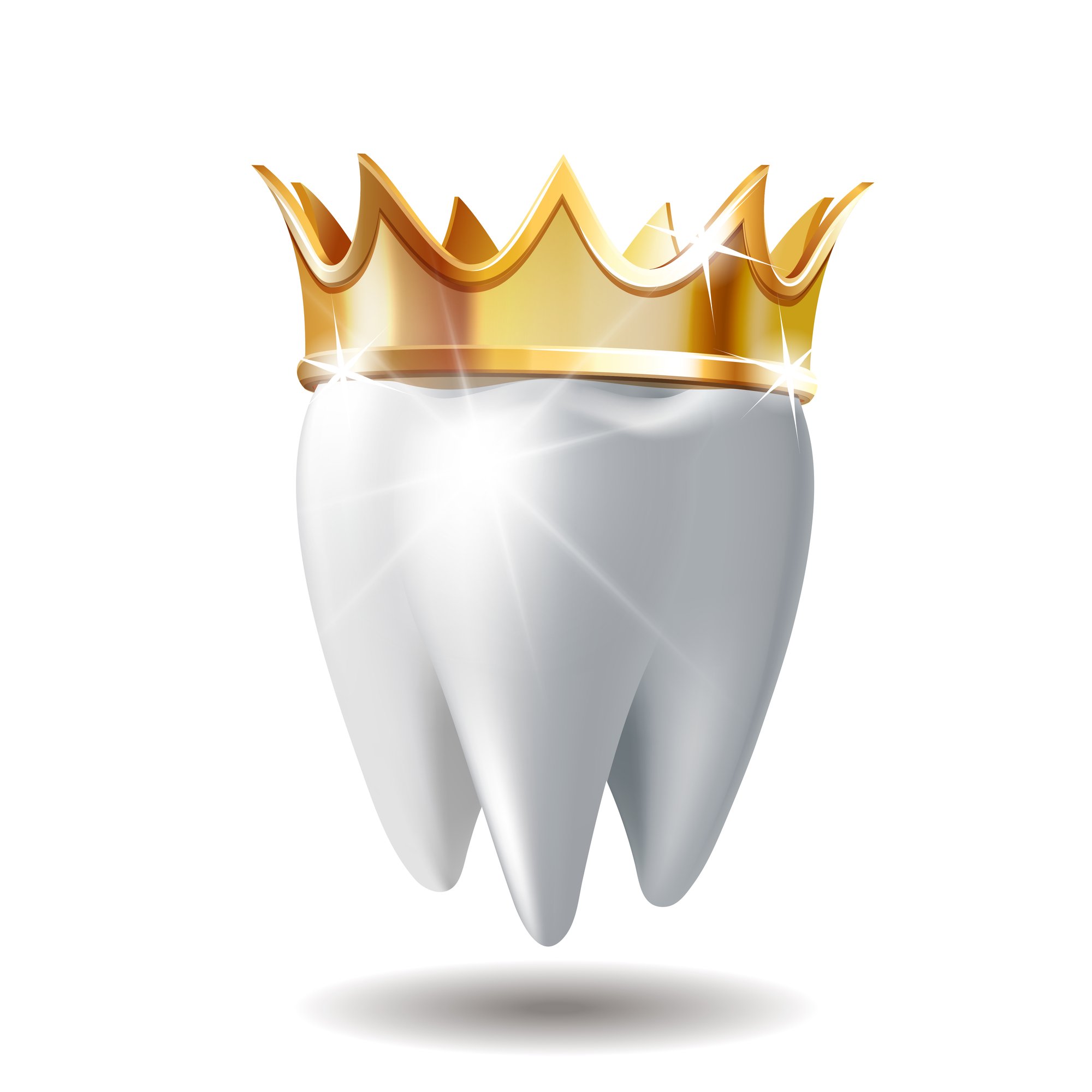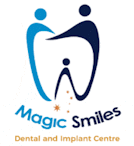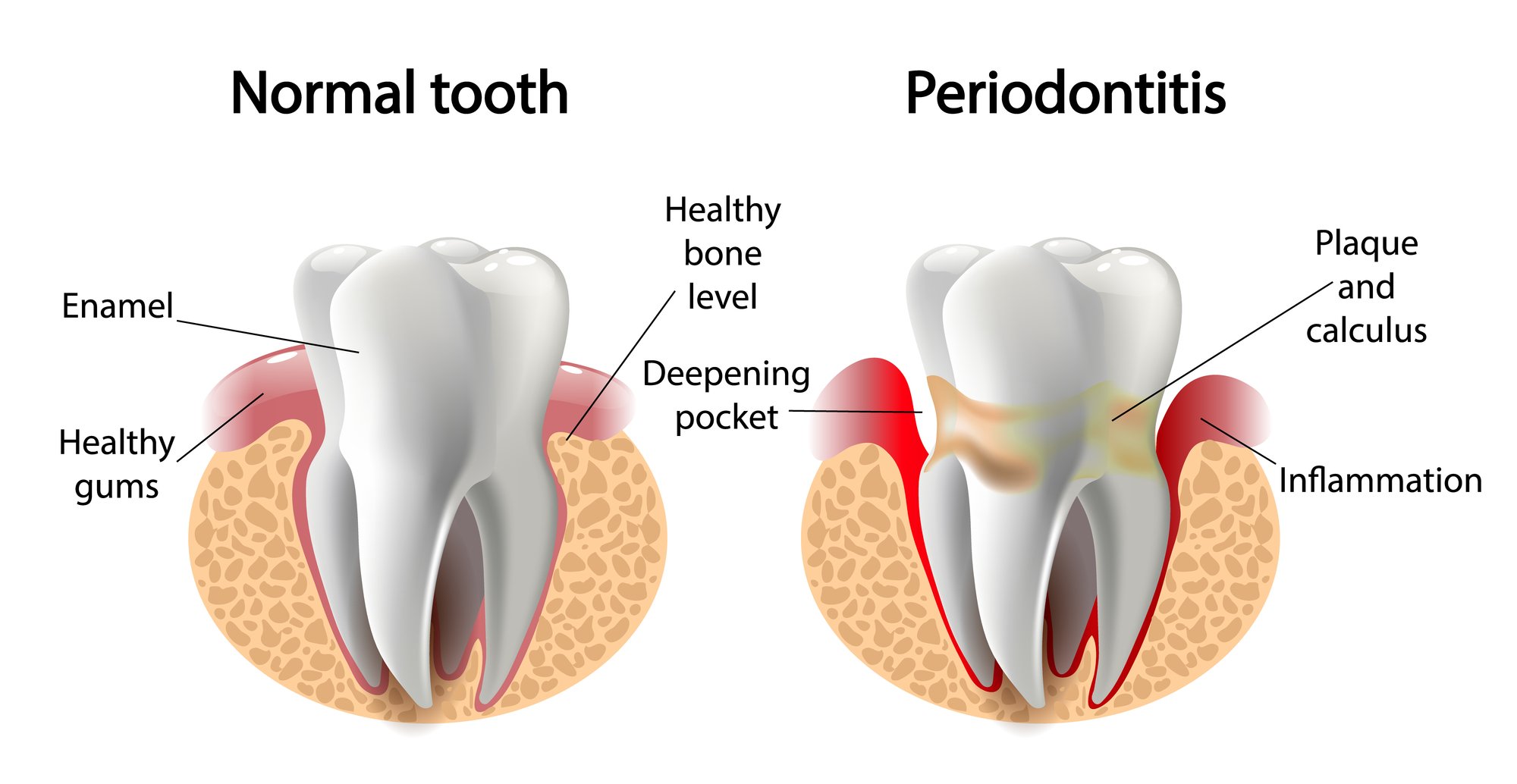
It’s nearly impossible to know how many people have a tooth crown, but chances are, you know a few people who do. So, how do you know if you’ll ever need one? And what’s the purpose of a dental crown anyway?
The most common purposes of a dental crown are to protect a tooth or hold something in place. Check out this blog to learn more.
Reasons You Might Need A Tooth Crown
Dentists often recommend dental crowns for one of these reasons:
1. To support a tooth with a large filling
Patients who have had multiple fillings in one tooth or have had a filling replaced so many times that there is more composite resin material than tooth may need a dental crown. When there isn’t enough natural tooth structure left, it will become weak and more susceptible to breaking. A dental crown can restore strength to the tooth.
2. To protect a weak tooth
A weak tooth may be one like we just discussed, but it can also be one that has been damaged by a trauma of some kind. In the same way a dental crown helps a tooth with a large filling, it can help strengthen a weak tooth so that it functions properly.
3. To restore a tooth that has been chipped or cracked
Chips and cracks can be especially dangerous if the tooth has been damaged beyond the crown. Cracks can especially create a way for disease-causing bacteria to enter into the inner part of the tooth, causing immense pain. Once the infection spreads, the tooth may need to be extracted.
If you’ve experienced some sort of trauma to a tooth, be sure to contact your emergency dentist as soon as possible.
4. When the patient needs a dental bridge
A traditional dental bridge is made up of two tooth crowns and one to three prosthetic teeth. When a dentist places a dental bridge, he must first remove a small amount of enamel from the neighboring teeth. These teeth must be healthy to keep the bridge in place.
5. To cover a dental implant
Dental implants can be used to replace one missing tooth or an entire arch of missing teeth. Once placed, the dentist covers the small, screw-like implant with a custom-made tooth crown. Dental implants require surgery, but they are the most effective way to replace missing teeth.
Types of Dental Crowns
A tooth crown can be crafted from several materials, including:
- Composite resin
- Metal
- Ceramics
- Porcelain
- Porcelain-fused-to-metal
To determine which material is best for your smile, your dentist will consider the following:
- Location of the tooth
- Function of the tooth
- How much the tooth shows when you smile
- Gum tissue
- The color of your natural teeth
These considerations ensure that your dental crown looks and feels natural. Of course, the patient always has the final say on the type of crown!
When deciding on a dental crown material, most patients are concerned with cost, aesthetics, and durability. Talk to your dentist about the pros and cons of each type of crown material.
Tooth Crown Placement in Woolgoolga and Coffs Harbour
Searching for a dentist to place your dental crown? Our experts at Magic Smiles are prepared to help! But first, we’ll determine whether you actually need a dental crown or not. For many dental issues, there are multiple treatment options.
To schedule an appointment with our friendly dental team, contact one of our convenient locations today.







Recent Comments